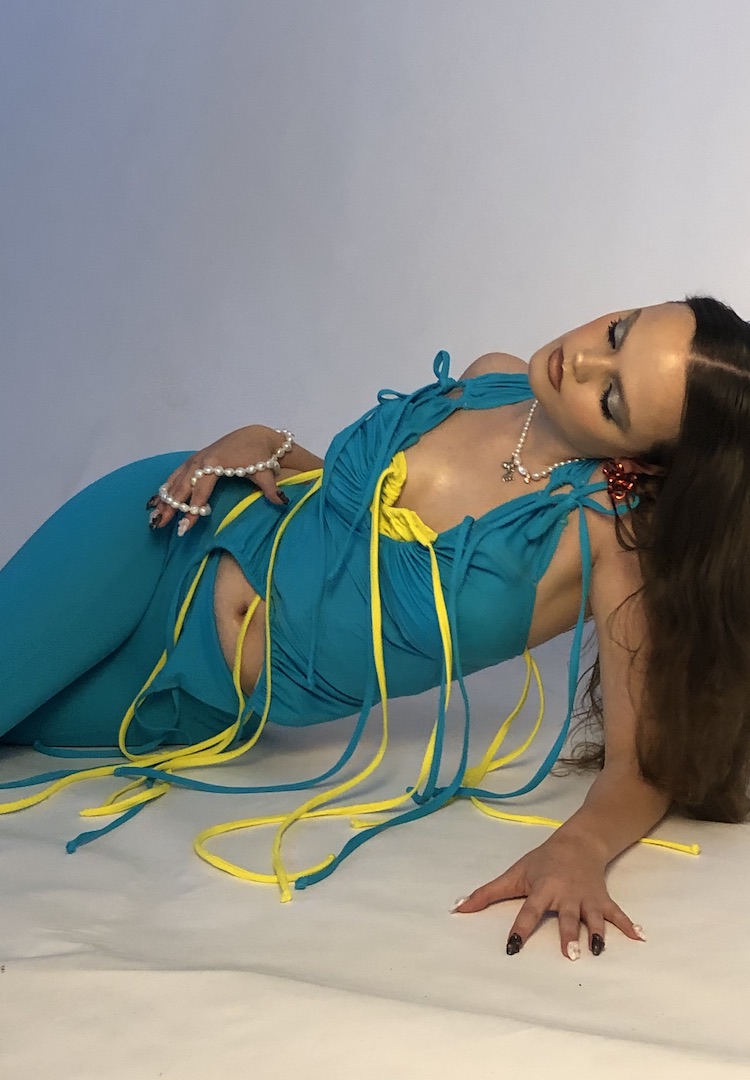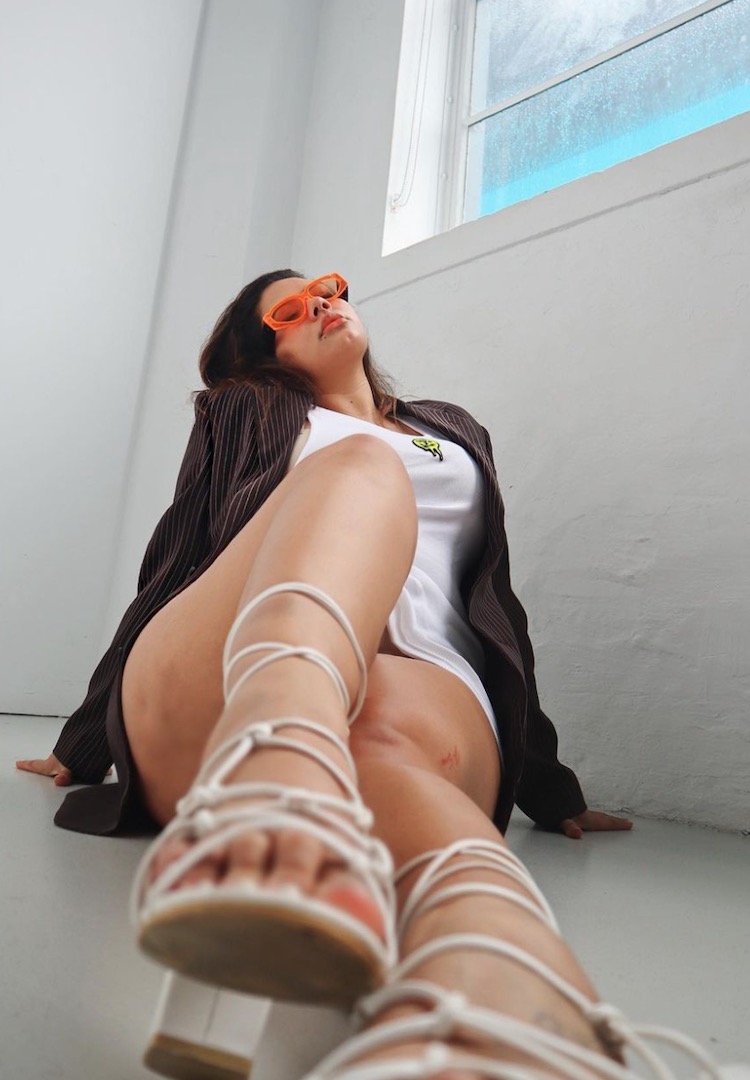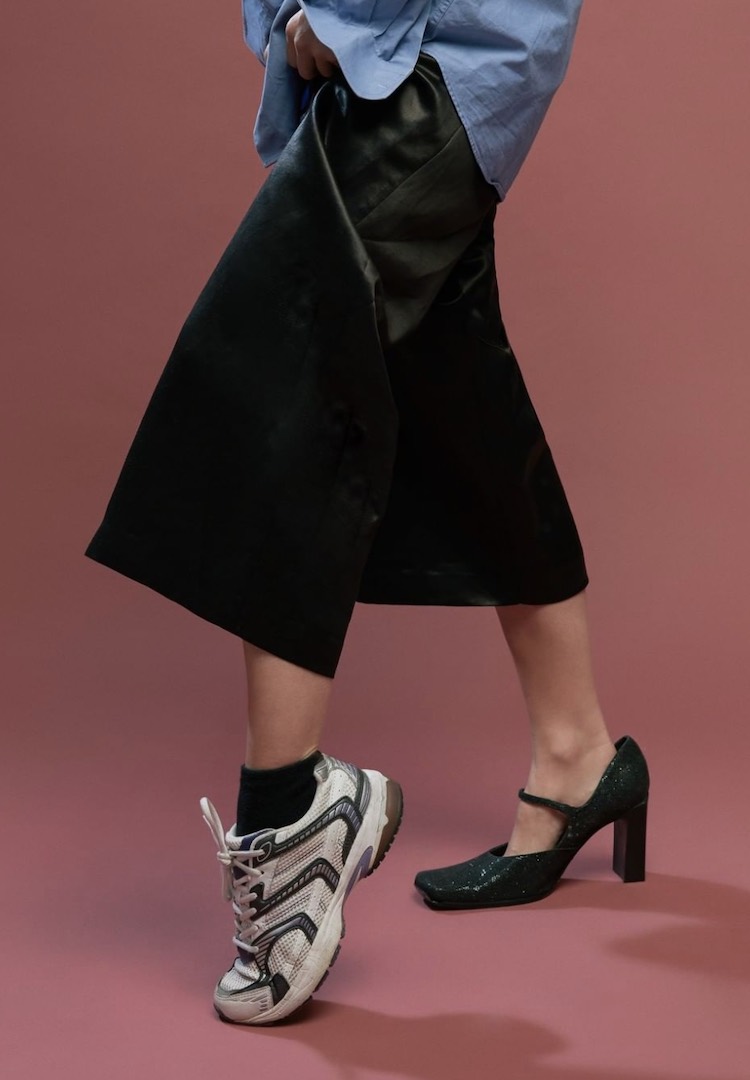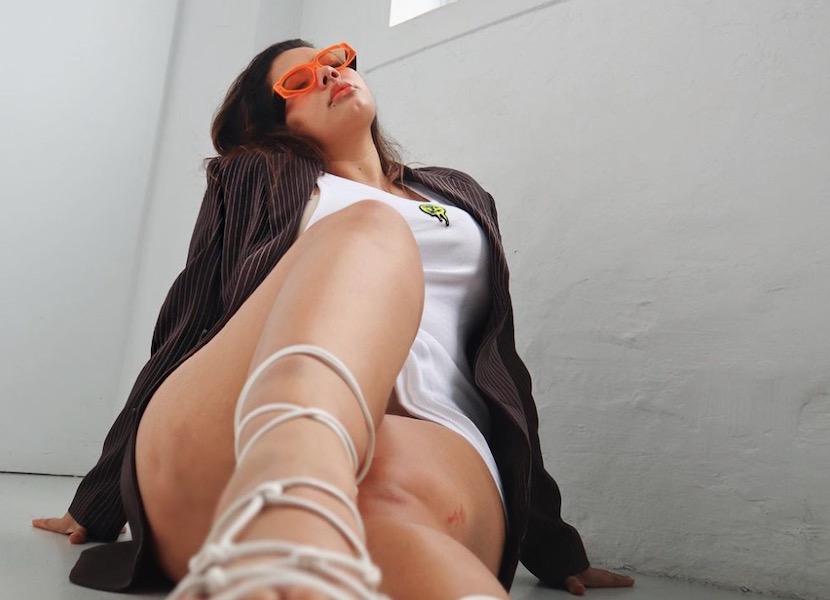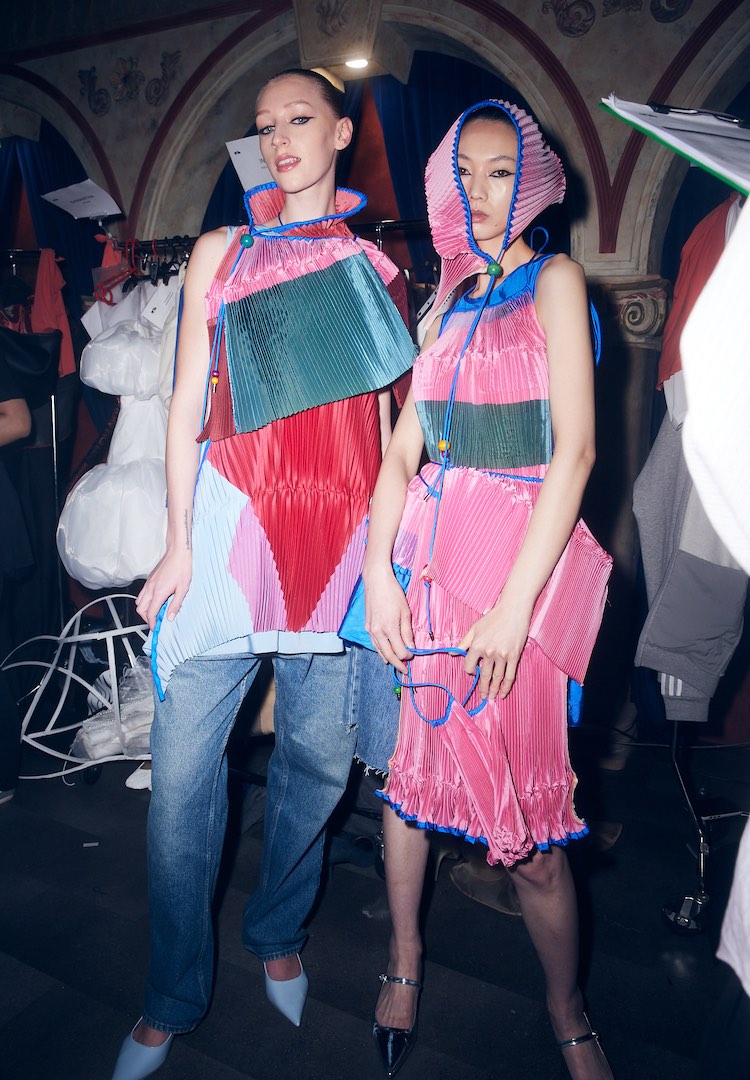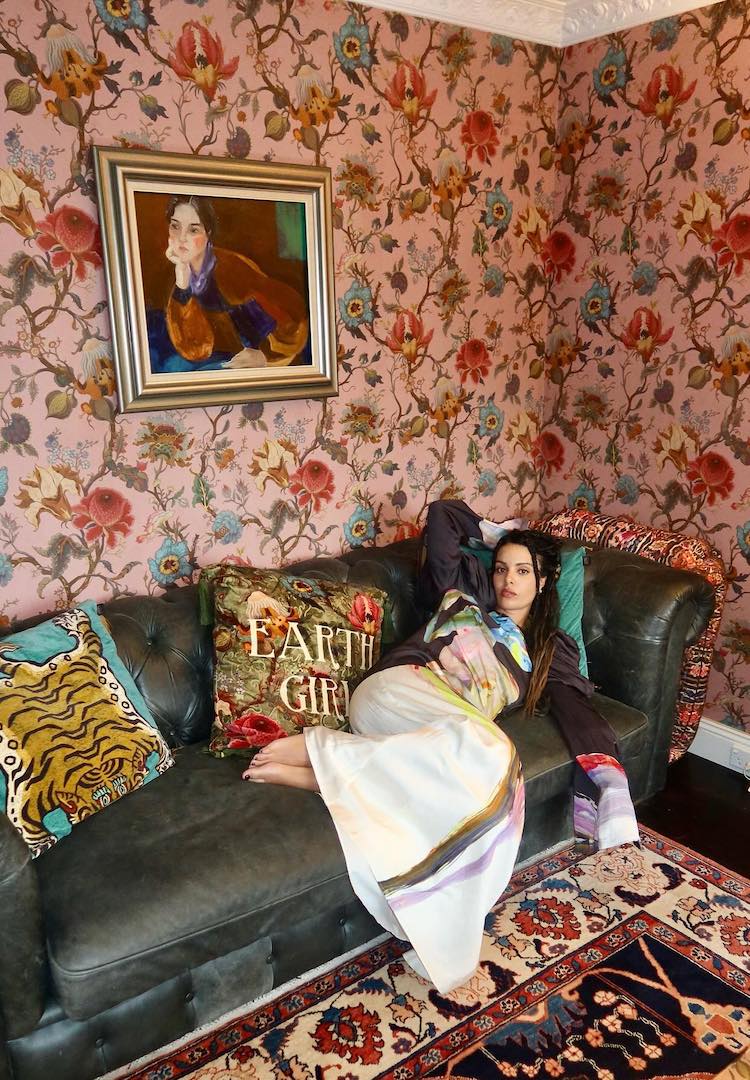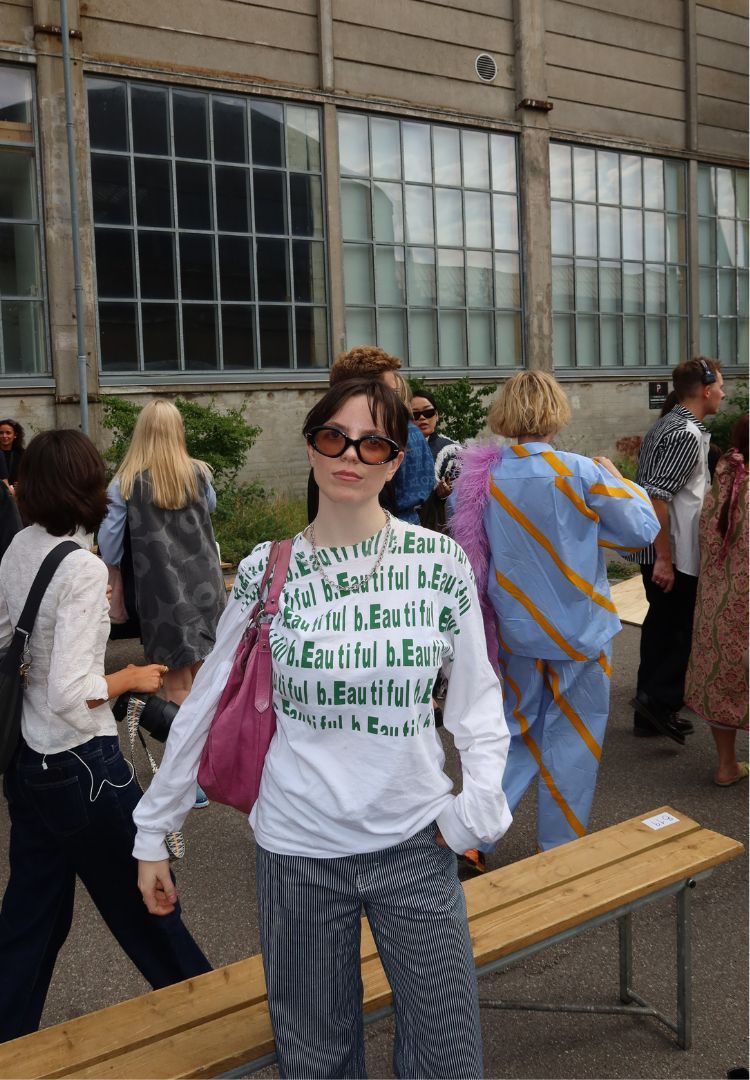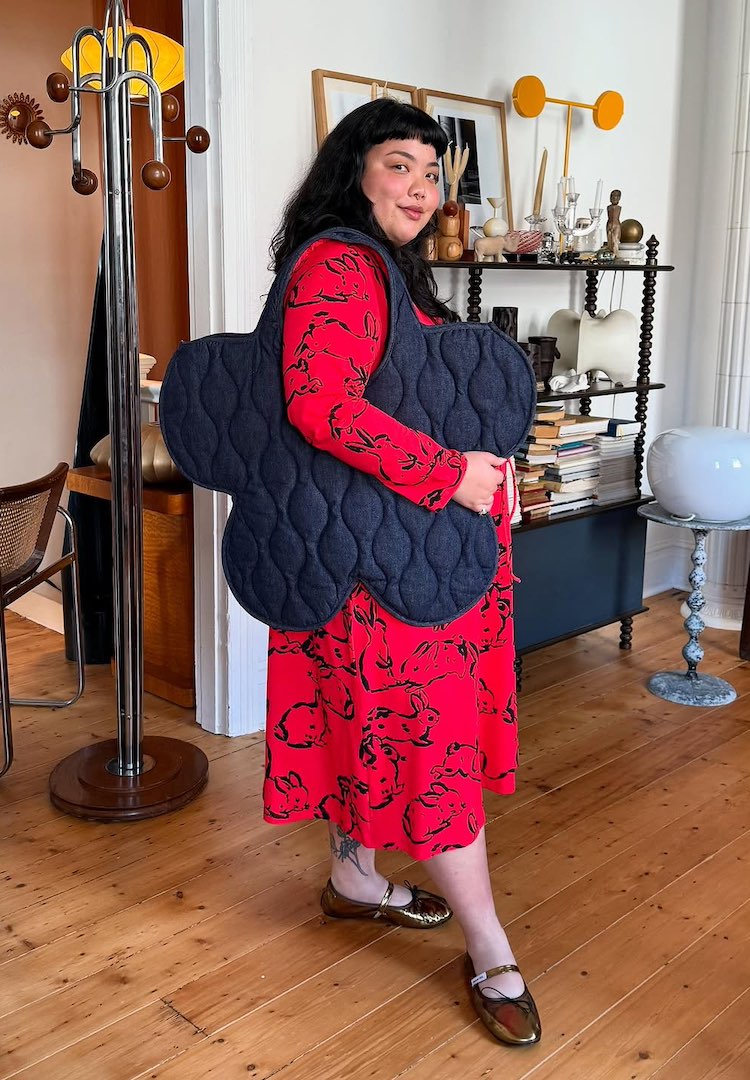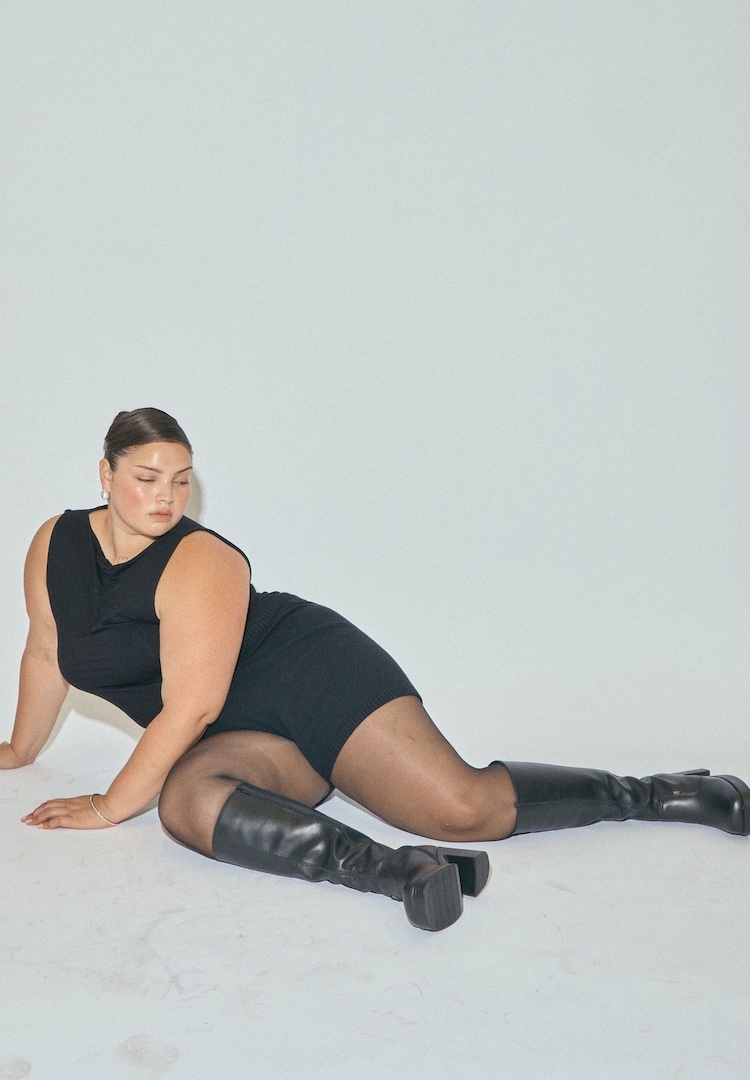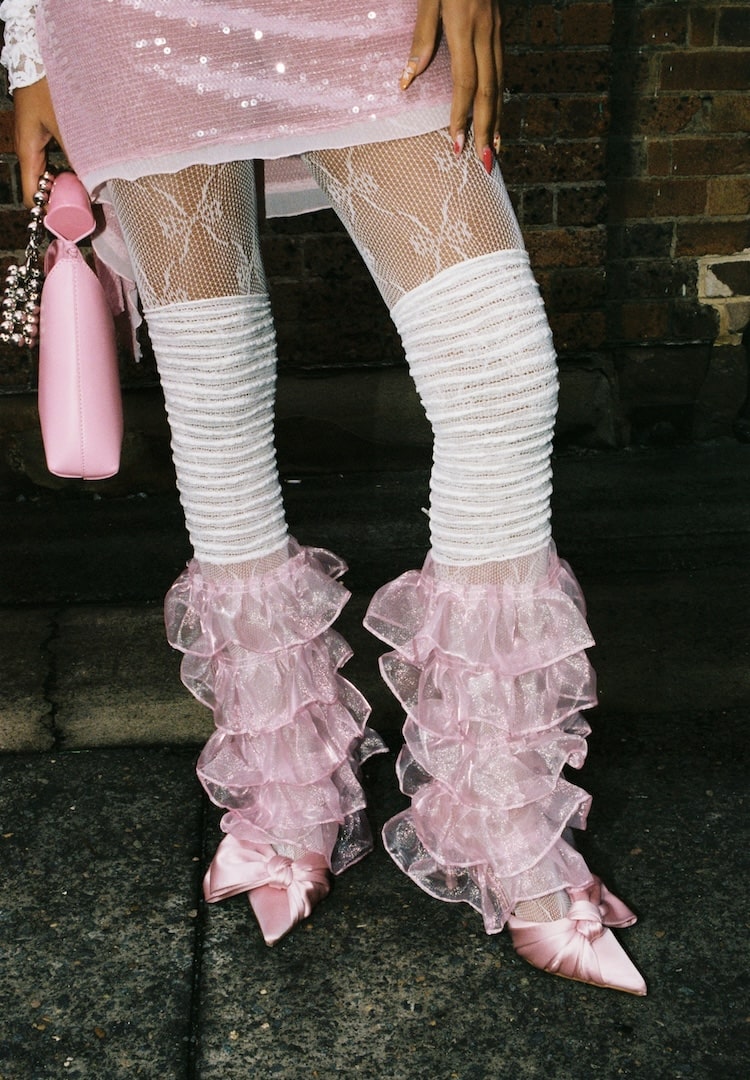What it’s really like to be a curve model in Australia right now
IMAGE VIA @MAHALIAFROMAUSTRALIA/INSTAGRAM
WORDS BY MAGENTA PORTER
We’re still playing catch-up with the international fashion industry.
When it comes to size representation, the Australian fashion industry has been trailing behind international markets for some time. But after a lifetime of one-size-fits-all representation in terms of shape, size and ethnicity, change is finally afoot.
Activists and curve models like Bree McCann and Mahalia Handley are leading the push for a revolution in the Australian fashion industry. They are calling for a new chapter – one where every young person can see themselves reflected in their favourite clothing brand.
Keep up to date with Australian fashion here.
Ahead of Afterpay Australian Fashion Week, I spoke to Mahalia and Bree about the future of the fashion industry and the importance of diverse and inclusive representation in Australia. Despite the challenges these inspiring women have faced, they share a resounding feeling of hope and optimism for the future of Australian fashion, while acknowledging that there is still room for improvement.
Like most curve models, Bree’s experience in Australia looked very different to that of her size six colleagues. As the first curve model to walk in an Australian Fashion Week show in 2018, she knows all too well that there is still a long way to go before we catch up with our international competitors. In her early days, after being scouted during university, she struggled to gain recognition in Australia, prompting a move overseas to launch her career.
“I was not quite big enough for the traditional plus-size market, and then I was obviously too big for the mainstream market. I was kind of in this middle ground, where there was no work for my size in Australia at that time,” Bree tells me after sharing a quick sneak peek of some of her fashion week looks.
“I really did get my start overseas, essentially. I spent three years working in London and throughout Europe and the next six years in New York. I was never fully based here until probably 2018. I think it’s important to remember that the industry was a completely different place back when there was no social media. As a model, you really had to put yourself out there and you had to go where the work was,” she explains.
View this post on Instagram
Surrounded by outfits pulled for her by stylists, for the first time, Bree will be watching on from the front row this fashion week. And despite being one of the most well known Australian models in 2021, she wants to make it clear that her career didn’t happen overnight.
“There’s a huge wave of diversity that has come, which I’m very grateful for, and I’m very thankful for the way that it’s worked out. But I’ve also spent a long time working very hard. It definitely wasn’t a fluke.”
Describing a typical day on set, Bree recalls times when being the biggest person in the room often meant having to justify her presence. “I felt like I was always having to prove myself as a model and prove that bigger bodies belong in fashion. For so long, curvy women were put in a separate box.
“I often hear a lot of powerful magazine editors and designers talk about diversity, yet, it’s very rare that they would ever use anyone over a size eight in the pages of their magazines or on their runways. I think that there are still quite a few brands that hide behind this idea of the sample size. They use it as an excuse, like [they] can’t get the samples [in bigger sizes]. It’s a choice, what size you make the samples in, and it’s a choice not to cast diverse models.”
When asked about the future of the Australian industry, Bree believes that there is finally a genuine shift that is occurring. “Customers want to see diversity – they want to see diverse body types, they want to see different ethnicities represented and women want to feel seen.
“They want to feel heard and represented in the brands that they’re buying. I think that’s ultimately what it comes down to. I’m really proud of the Australian fashion industry and how far we’ve come in terms of booking diverse models. However, I do think that there’s still a lot of work to do.”
Mahalia Handley fell into modelling in a different way. Named as one of AAFW’s Change Makers, Mahalia is the first plus-size, BIPOC, first-generation Australian to talk on a panel at fashion week. It was always her dream to be a model, but unlike other young girls, this was a dream born out of anger.
“I always wanted it as a career path, but being from Darwin, you don’t really get a lot of opportunities to be included in fashion,” Mahalia tells me over Zoom.
View this post on Instagram
“I have a distinct memory of when I was in a department store in 1999. I remember seeing a banner, and it didn’t look anything like me. The people that were in it, the kids, the adults, they looked like my mum because my mum is Irish. But they didn’t look like me.
“I remember feeling really angry about it, but more of ferocity to [make a] change or be the person on the advertisement. I remember being really mad and upset that I couldn’t see myself and that probably, many other people couldn’t see themselves either.”
With over a decade of experience in the industry, Mahalia successfully turned that anger into an inspiring career. Like Bree, she had to move to London in order to find success, after being rejected in Sydney when she was just 19. Expanding her career to activism, Mahalia’s experience as a BIPOC curve model in Australia has sparked her to call for more celebration of homegrown, diverse Aussie talent.
“We haven’t named some big champions the same way you would if you were in America or England, they really start to name their champions and build them up so they can be known and recognised.
“We bank on the fact that Australia is multicultural, we talk about it, we embrace it. But we really need to work on how our media focuses on making people feel valid in those positions because that creates a much deeper connection and a movement [towards] change.”
Mahalia, a business graduate herself, leaves me with some final thoughts on the future of the industry in Australia. She believes the changes we need to make are obvious – all we need to do is look at the numbers to see the profit and benefits we are missing out on.
“[Only] a handful of designers actually represent and dress anyone over size 16. The average size of women in the UK, the US and Australia is 14. Plus-size women are 68 per cent of the buying market. 50 per cent of our population is of [a] different ethnicity or has a parent who has immigrated. That’s the market that you’re [potentially] missing out on.”
To find out what other talks from industry leaders are on at AAFW here.

